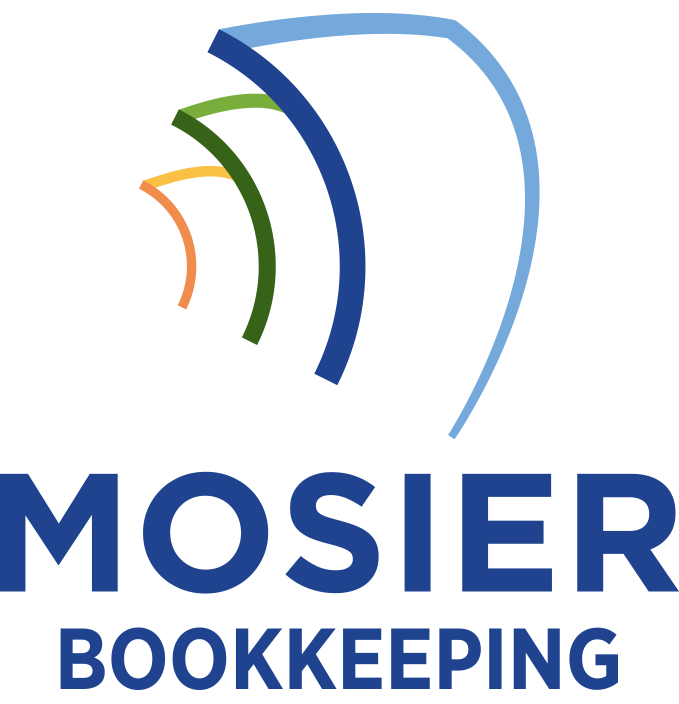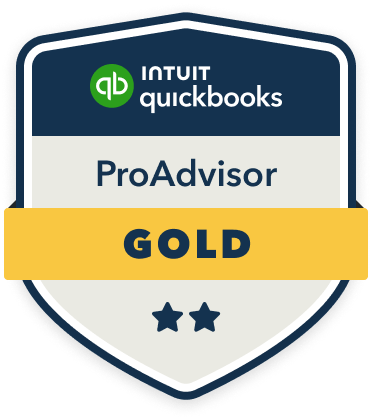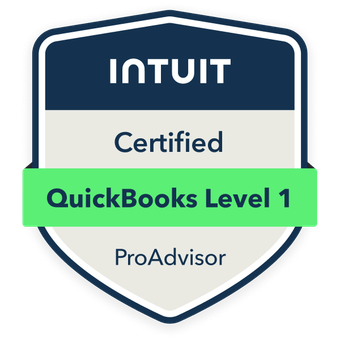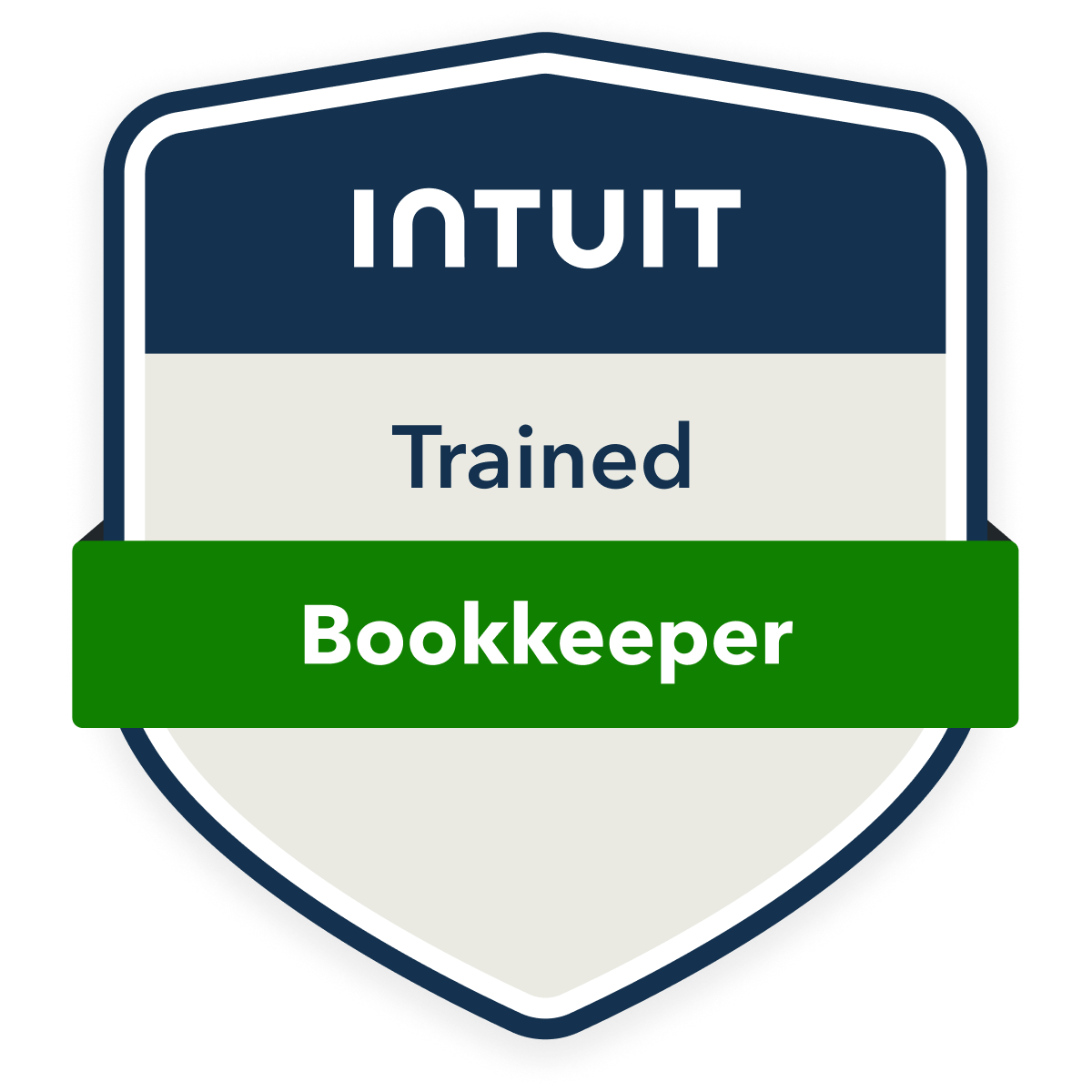Managing e-commerce cash flow requires a systematic approach across multiple fronts. I recommend implementing a Just-in-Time inventory system to reduce holding costs by 20-30%, establishing multi-payment gateway strategies for faster settlements, and maintaining a 6-month cash reserve for seasonal fluctuations. You’ll need to closely monitor your payment processing cycle, from customer transactions to supplier payments, while leveraging automated tools for 25% better forecasting. The following strategies will transform how you optimize your e-commerce financial operations.
Understanding Your E-commerce Cash Flow Cycle

While traditional retail businesses typically see immediate payment upon purchase, e-commerce cash flow operates on a more complex cycle with multiple touchpoints and potential delays.
I’ll break down your cash flow cycle into four critical phases: customer payment processing (2-3 days), payment gateway settlement (1-2 days), marketplace or platform fees (variable), and supplier payment terms (15-60 days). You must track each phase meticulously to predict cash availability. I recommend mapping your specific intervals between receiving orders and having accessible funds. This data-driven approach enables you to identify bottlenecks, negotiate better terms, and optimize your working capital deployment.
Optimizing Inventory Management and Stock Control
Effective inventory management stands as the cornerstone of e-commerce cash flow optimization. I recommend implementing a Just-in-Time (JIT) inventory system to minimize holding costs while maintaining ideal stock levels. You’ll need to track your inventory turnover ratio (ITR) and establish reorder points based on demand forecasting data.
I’ve found that utilizing automated inventory management software can reduce carrying costs by 20-30%. You should integrate real-time analytics to monitor stock velocity, prevent stockouts, and eliminate dead inventory. Set up alerts for low-performing SKUs and implement dynamic pricing strategies to accelerate the turnover of slow-moving items.
Smart Payment Processing and Collection Strategies

Beyond managing inventory, streamlined payment processing directly impacts your cash conversion cycle. I recommend implementing a multi-payment gateway strategy to maximize conversion rates while minimizing processing fees. You’ll want to select payment providers offering instant settlement options, reducing the typical 2-3 day settlement window to same-day access of funds.
I’ve found that aggressive dunning management reduces failed payment rates by 40%. Configure automated retry logic, implement card updater services, and deploy smart routing to optimize authorization rates. Set up early warning systems to flag potential payment issues before they impact your cash position.
Managing Seasonal Revenue Fluctuations
Seasonal revenue spikes can profoundly impact an e-commerce business’s cash position, with most retailers experiencing 20-40% fluctuations between peak and off-peak periods. I recommend building a 6-month cash reserve to weather these cycles, particularly during Q1 when sales typically drop 30% post-holidays.
You’ll need to implement dynamic inventory forecasting, adjusting stock levels to match seasonal demands. I’ve found that maintaining a 70/30 ratio between core and seasonal products optimizes cash flow. Consider securing a revolving credit line during peak seasons and negotiating extended payment terms with suppliers to align with your revenue patterns.
Leveraging Financial Tools and Technology Solutions

Modern e-commerce businesses have three essential financial tools that can transform cash flow management: automated accounting software, payment processing platforms, and real-time analytics dashboards.
I recommend integrating these tools into your workflow immediately to gain a competitive advantage. Let’s examine their strategic impact:
| Tool Type | Key Benefits | ROI Impact |
|---|---|---|
| Accounting Software | Automated Reconciliation | 30% Time Savings |
| Payment Processing | Instant Settlement | 2-Day Cash Acceleration |
| Analytics Dashboard | Real-time Monitoring | 25% Better Forecasting |
| Cloud Integration | Multi-platform Sync | 40% Error Reduction |
| AI Forecasting | Predictive Insights | 35% Planning Accuracy |
These technologies will empower you to make data-driven decisions and optimize your capital efficiency.
Creating Emergency Cash Reserves and Backup Plans
When setting up an e-commerce emergency fund, I recommend establishing a minimum reserve of 3-6 months’ operating expenses, based on your average monthly burn rate and historical cash flow patterns. I’ve found that successful e-commerce businesses protect themselves by diversifying their backup funding across multiple sources, including business savings accounts, credit lines, and liquid investments that can be quickly accessed. Your monthly reserve health checks should track key metrics like reserve-to-expense ratios and liquidity indicators to guarantee you’re maintaining adequate coverage for unexpected disruptions or opportunities.
Set Minimum Reserve Goals
Setting appropriate minimum reserve goals forms the foundation of a resilient e-commerce business strategy. I recommend structuring your reserves based on specific triggers and thresholds that align with your business scale.
| Reserve Level | Required Action |
|---|---|
| Critical (30%) | Immediate cash injection |
| Low (50%) | Reduce discretionary spending |
| Adequate (75%) | Maintain operations |
| Target (100%) | Consider expansion |
| Excess (120%+) | Invest in growth |
I’ve found that maintaining 3-6 months of operating expenses as your baseline ideal minimum reserve provides ideal protection against market volatility. You’ll want to adjust these thresholds based on your growth rate, seasonality, and industry-specific risks.
Diversify Emergency Funding Sources
Building on strong reserve management practices, a robust emergency funding strategy requires multiple backup sources to protect against unforeseen cash flow disruptions. I recommend establishing three distinct funding channels: a business line of credit (securing 20-30% of annual revenue), strategic relationships with alternative lenders, and a merchant cash advance option for rapid deployment.
I’ve found that successful e-commerce businesses maintain relationships with at least two banks and actively monitor emerging fintech lending platforms. For maximum leverage, I suggest negotiating terms during strong financial periods, not when you’re desperate. This proactive approach typically saves 3-5% in emergency borrowing costs.
Monthly Reserve Health Checks
Three key metrics form the foundation of effective monthly reserve health checks: the reserve-to-expense ratio, burn rate velocity, and emergency fund accessibility index.
I recommend tracking these critical indicators to maintain ideal cash reserves:
- Calculate your reserve-to-expense ratio monthly, targeting 3-6 months of operating expenses – this reveals your true financial buffer
- Monitor burn rate velocity to predict when you’ll need to tap into reserves, factoring in seasonal fluctuations
- Measure your emergency fund accessibility index by evaluating what percentage of reserves you can access within 24-48 hours
This data-driven approach transforms reserve management from guesswork into a strategic advantage.
